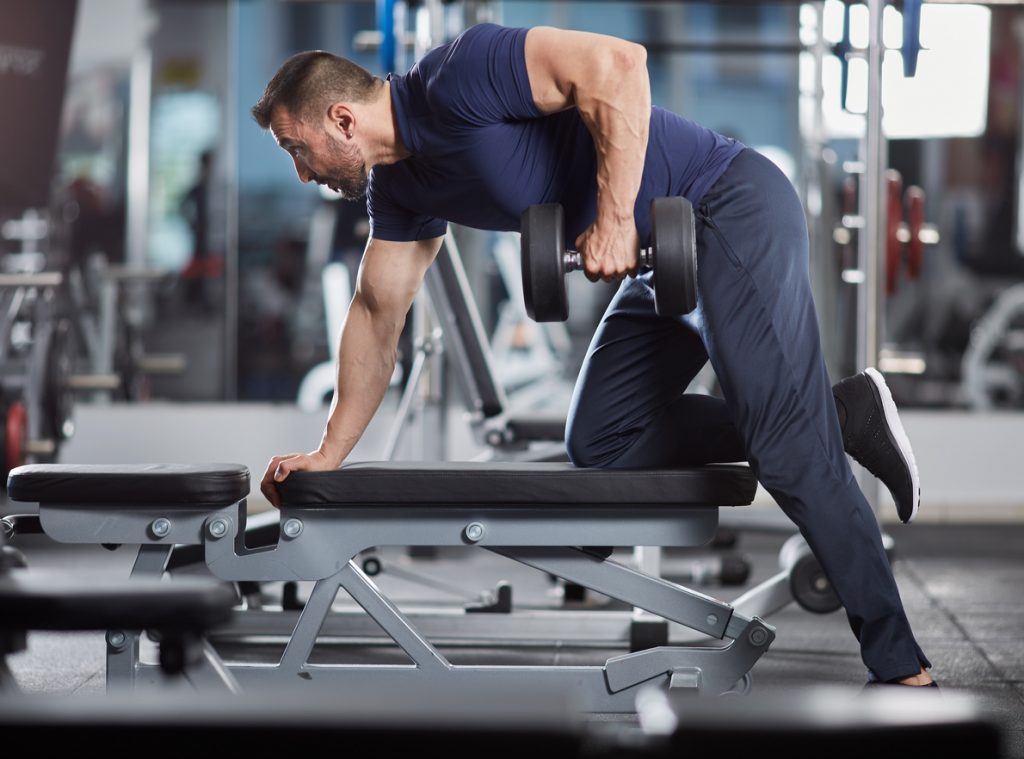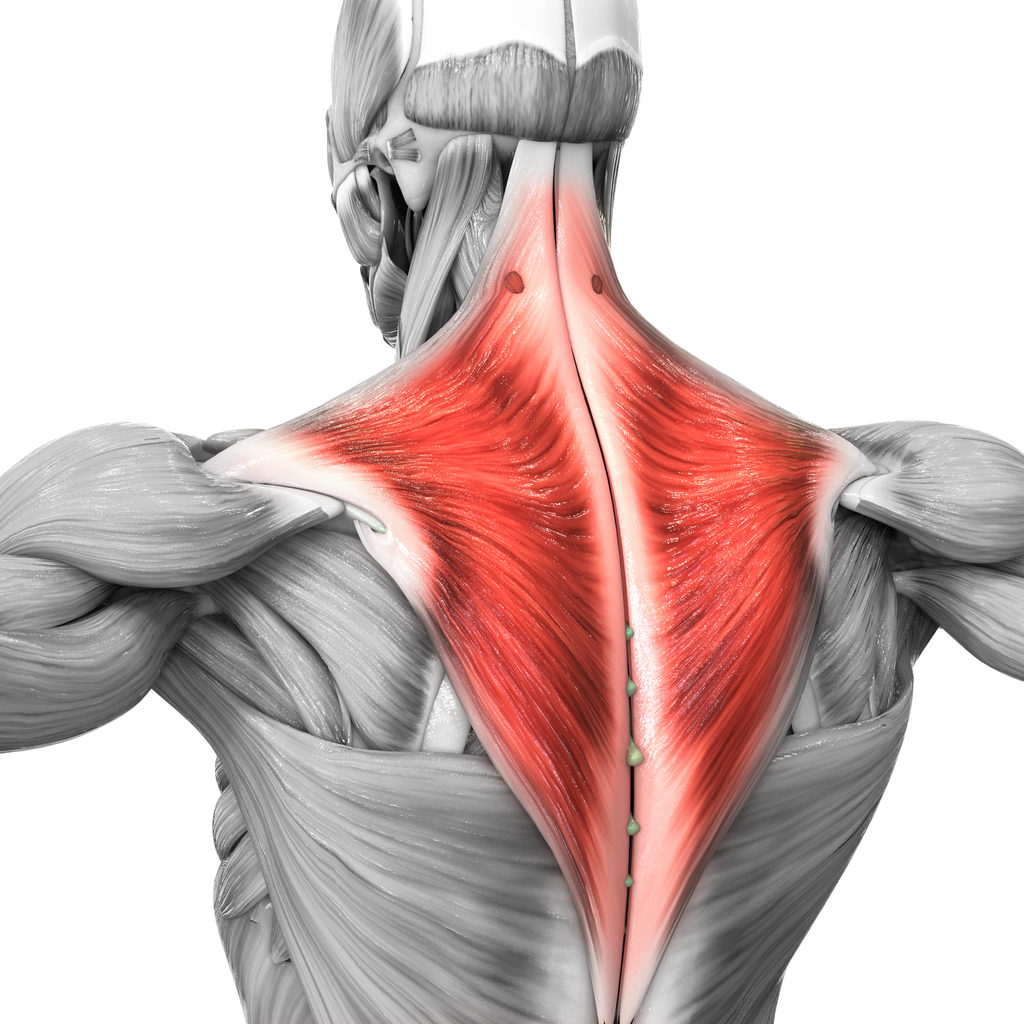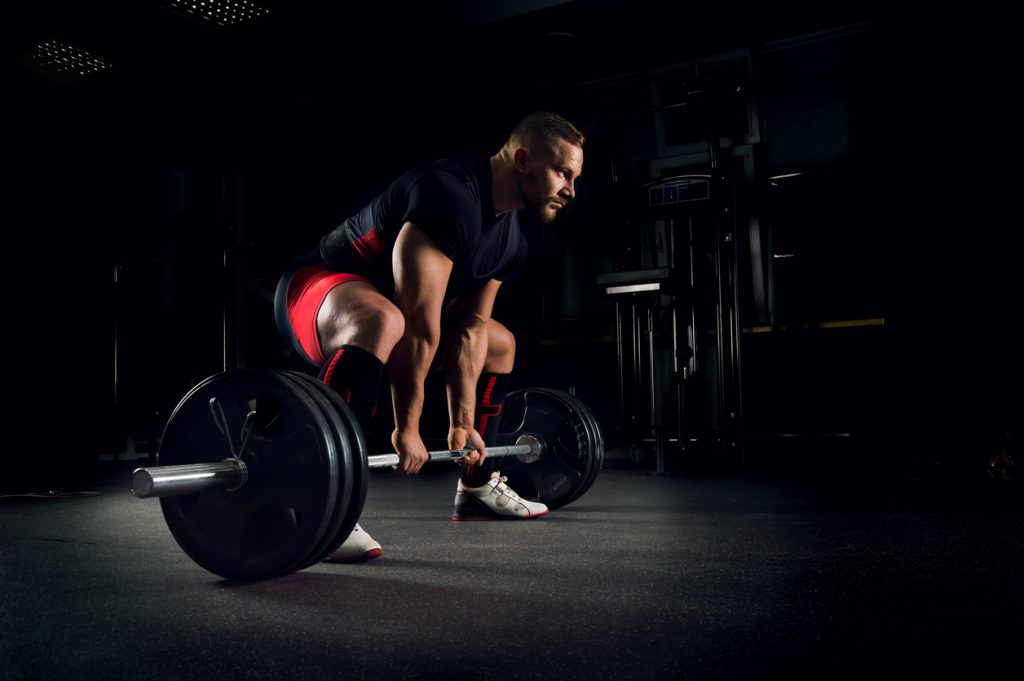Most novices are confronted with back pain and various dangers when they practice strength training. This problem is exacerbated by poorly executed movements. Proper exercise strengthens the back and prevents injury, while the opposite causes pain.
Our experts explain how to stop pain and strengthen the back in order to improve workouts. However, the advice given in this article does not override the recommendations of a medical professional. In case of pain, it is better to consult a physiotherapist or an osteopath.
Possible causes of back pain
Back pain or dorsalgia is a very common discomfort that can be located in different parts of the spine. Whatever their location, these pains come from several origins: diseases, infections, sports activities, etc. The causes and solutions discussed here will be strictly technical, muscular and articular.
Technical pain
Back pain can occur in the event of bad physical activity or strength training. It is a question of bad positioning or insufficient preparation for the effort. Indeed, a sloppy warm-up and poor execution of certain movements are extremely dangerous for the back. The instructions and techniques used are sometimes harmful and can cause more harm than good.
When injuries are severe, they sometimes involve ligaments and tendons. This causes sprains.
Muscle pain
Commonly called "lumbago", these pains are present following a false movement. The person suffering from it has a tearing sensation in the back which causes a sudden pain. It is intense and paralysing.
Joint pain
This is called arthrosis. The pain occurs mainly in old age due to wear and tear on the back. Poor posture in daily life and in the long term are not without effect. Back pain increases with bad posture,lack of flexibility, mobility or particular dynamism.
For example, shoulder forward or head forward should be avoided. The lack of flexibility of the ishio legs and the hip is also an origin of back pain. Moreover, if the practitioner lacks tone in the abdominal muscles, the spinal muscles and the shoulder blade fixators, the chances of pain increase. A lack of mobility of the spine, pelvis or head is also a source of pain.
It is essential to know the origin of the pain in order to treat it with the appropriate exercises. As the list is not exhaustive, the consultation of a physiotherapist or an osteopath is recommended.
Solutions to back pain
A common trap is that back pain is relieved by lying down. This leads victims to remain immobile, whereas resting does not help. The best thing to do is to do exercises to relieve the pain.
Different kinds of exercises are possible.
Stretching the hip flexors
To do this, you need to:
- Kneel down, bring one foot forward and place it flat.
- Look forward and tuck your chin in
- Stretch the arms above the head
- Push the pelvis forward, pull in the stomach and squeeze the buttocks
The aim is to stretch as much as possible. To do this, keep the pelvis in retroversion and the spine upright. Then increase the stretching without jerks with 4 series of 45 seconds.
Stretching the hamstrings
Here is a stretching session, practiced in 4 sets of 45 seconds of stretching
- Stand facing a table
- Lean forward with your back fully extended
- Slightly bend your legs while resting your elbows on the table
- Extend the buttocks
- Stretch the legs
The aim is to stretch as much as possible. To do this, keep the pelvis in anteversion. Do not forget to breathe in and out progressively.
Improve the mobility of the pelvis, spine and head
Mobilisation exercises should be done every day to improve their range of motion. They consist of rotating the relevant joints to their maximum range of motion. For example, the head should be rotated slowly downwards, then backwards, then to the right, then to the left.
Increase the tone of the spinal abdominals or scapula fixators
This requires strengthening the muscles in question. It can be done by sheathing exercises, flexion of the spine,muscle movements involving the muscles concerned. The exercises for the abs are the squat, the deadlift, the rowing, the military bench press, etc. For the spinal muscles, there is the deadlift, the good morning, the stretched legs, etc.
Here is a session for strengthening the spinal muscles
- Warm-up: joint mobilisation + dynamic and progressive stretching (upward range)
- Deadlift: 8 seconds x 4, rest 2''30'
- Good morning: 10 seconds x 3, with a 2 second pause in the low position. Rest is 2 minutes
- Static bench press: 30 seconds x 3, rest 1'30'
Here is a session of abs strengthening
- Double crunch: 20 seconds x 3, rest 30 seconds
- Spinal + lateral crunch: 45 seconds x 4, 30-45 seconds rest
- Spoon sit-up + rotation: 20 rotations + 30 seconds, rest 30 to 45 seconds
Here is a session to strengthen the shoulder blade fixators
- Warm-up: joint mobilisation + dynamic and progressive stretching (upward range)
- Pronation pull or pronation pull: 8 seconds x 4, rest 2''30'
- Rowing chest parallel to the ground: 10 seconds x 4, rest 2 minutes
- Arms outstretched: 12 seconds x 3, rest 1''30'
The pain of the muscles involved is an indication of the correct execution of the movements.











